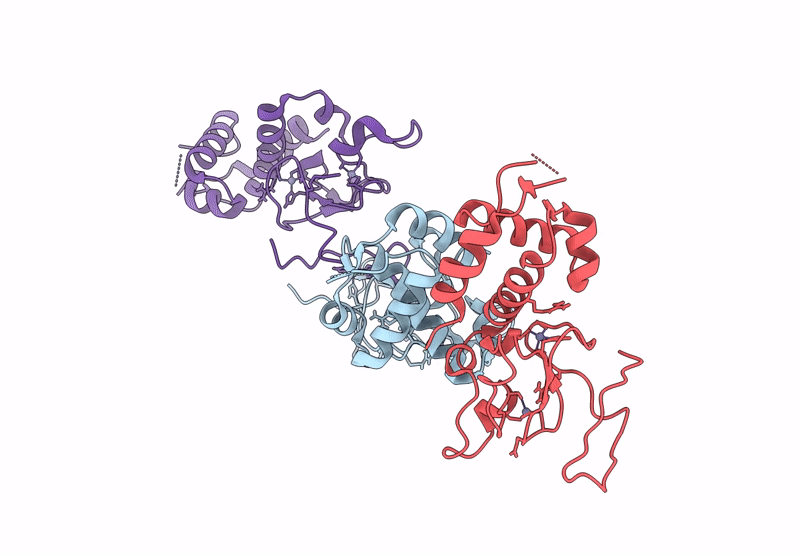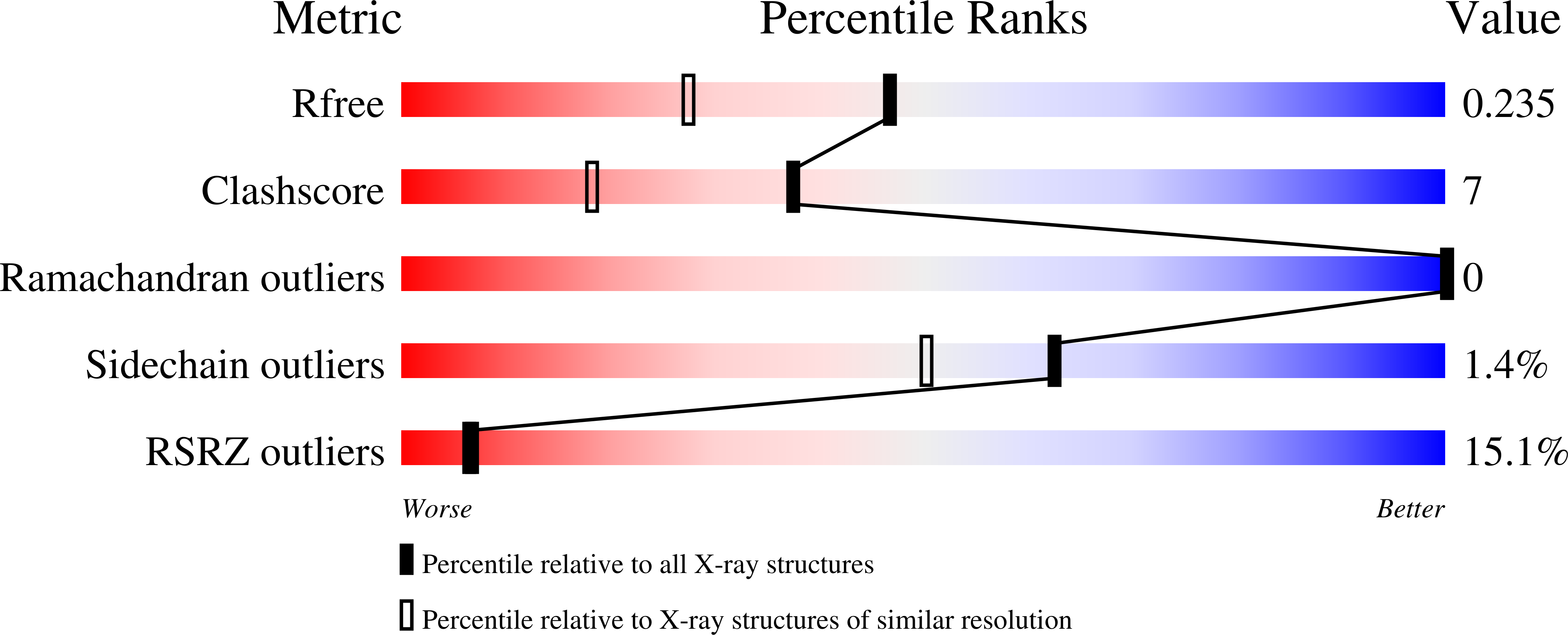
Deposition Date
2025-01-22
Release Date
2025-08-13
Last Version Date
2025-10-15
Entry Detail
PDB ID:
9MYP
Keywords:
Title:
Structure of Patiria miniata Hop1 chromatin binding region
Biological Source:
Source Organism:
Patiria miniata (Taxon ID: 46514)
Host Organism:
Method Details:
Experimental Method:
Resolution:
1.84 Å
R-Value Free:
0.23
R-Value Work:
0.19
R-Value Observed:
0.19
Space Group:
P 21 21 21


